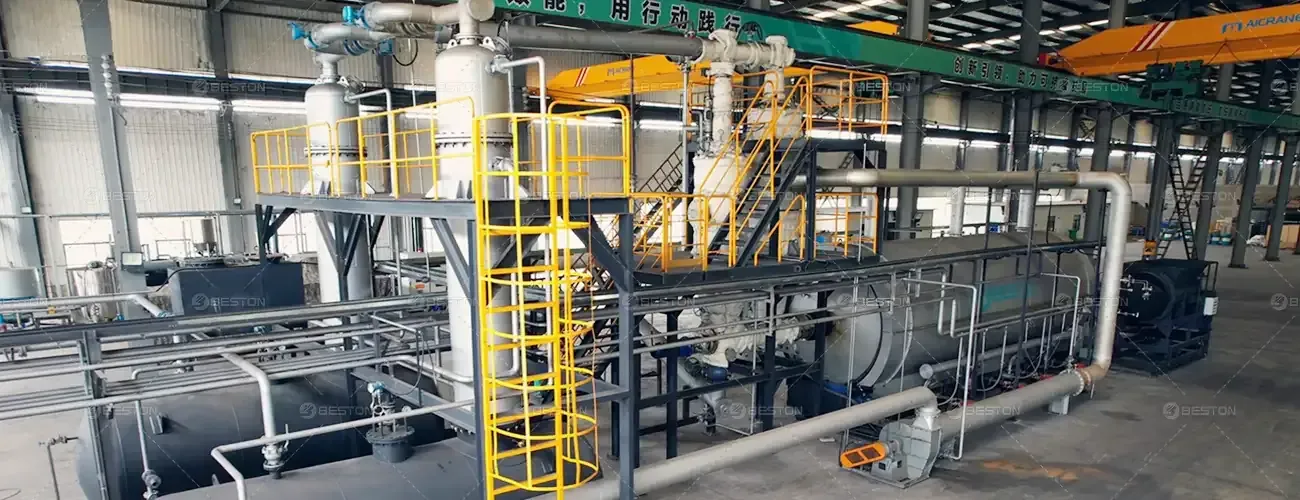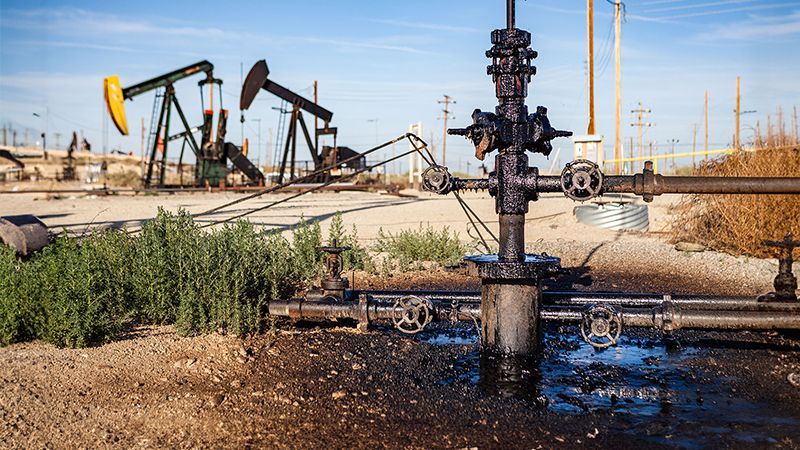Emerging Demand for Sawdust Biochar Across Global Market

Sawdust, a byproduct of extensive wood processing industries, is transitioning from a disposal challenge to a monetizable resource. With escalating environmental regulations and rising interest in sustainable materials, sawdust biochar production is gaining commercial traction. The convergence of regulatory pressure, soil degradation, and decarbonization efforts has transformed the biochar sector from niche to necessity.
Feedstock Abundance and Process Compatibility
Sawdust is one of the most uniform and readily available lignocellulosic residues globally. Its low ash content, high carbon concentration, and consistent granulometry make it ideal for thermochemical conversion via a biochar pyrolysis machine. Unlike mixed biomass feedstocks, sawdust pyrolysis allows precise control over reactor conditions and final product quality.
Most biochar machine configurations—batch, continuous, or modular—can be calibrated to optimize carbon yield, surface area, and fixed carbon ratio specifically for fine particulate feedstocks like sawdust. This compatibility simplifies operations and enhances throughput efficiency.
Agriculture and Horticulture: The Primary Offtake Markets
In agriculture, sawdust biochar serves as a soil conditioner with long-term benefits. Sawdust-derived biochar enhances cation exchange capacity, improves water retention, and provides a porous habitat for beneficial microbes. In regions facing desertification or poor soil fertility—such as Sub-Saharan Africa, Southeast Asia, and parts of South America—biochar adoption is accelerating through public-private partnerships.
Organic farmers and horticulturists in developed economies are also driving demand. They seek carbon-negative amendments to meet both yield targets and sustainability certifications. As more jurisdictions recognize biochar under carbon credit protocols, particularly for its permanence and quantifiability, demand is forecast to increase steadily.
Industrial Applications Expanding
Beyond agronomy, sawdust biochar is gaining acceptance in industrial filtration, construction materials, and metallurgy. High-temperature pyrolysis of sawdust yields activated-grade char with high adsorption capacity—suitable for removing volatile organics and heavy metals from industrial effluent.
In concrete production, biochar is being explored as a cement additive to lower clinker ratio and reduce embodied carbon. Its ability to sequester carbon while improving compressive strength is under pilot studies in both Europe and Japan. The market for “carbon-smart” building materials is expected to surpass $100 billion globally by 2030, with biochar contributing a measurable share.
Integration with Circular Economy Models
Sawmill operators, furniture manufacturers, and engineered wood panel factories produce tons of sawdust daily. Deploying a biochar machine on-site transforms waste liabilities into value-added co-products. The heat recovered during pyrolysis can power internal operations or be routed for local district heating. This vertical integration reduces raw material costs while generating marketable byproducts—biochar, wood vinegar, and syngas.
The financial viability improves further when carbon offsets are factored in. With verified methodologies for biochar carbon removal (BCR) now in place under registries like Puro.Earth and Verra, producers can monetize each ton of biochar sequestered. As carbon markets mature, early movers will capture premium credit pricing.
Regional Outlook and Deployment Hotspots
- Asia-Pacific: Led by China, India, and Indonesia, where biomass availability and rural agricultural demand align. Government subsidies and low labor costs encourage localized pyrolysis operations.
- Europe: Regulatory compliance under the EU Soil Strategy and Green Deal is pushing large-scale adoption. Germany and the Netherlands are frontrunners in certifying biochar for agricultural use.
- North America: Strong uptake in organic agriculture and environmental remediation sectors. States like California and British Columbia are investing in decentralized biochar hubs to manage forestry residues and wildfire risk.
- Africa and Latin America: Emerging markets with rising awareness. NGOs and development banks are funding demonstration projects to scale up sustainable land management practices using biochar.



